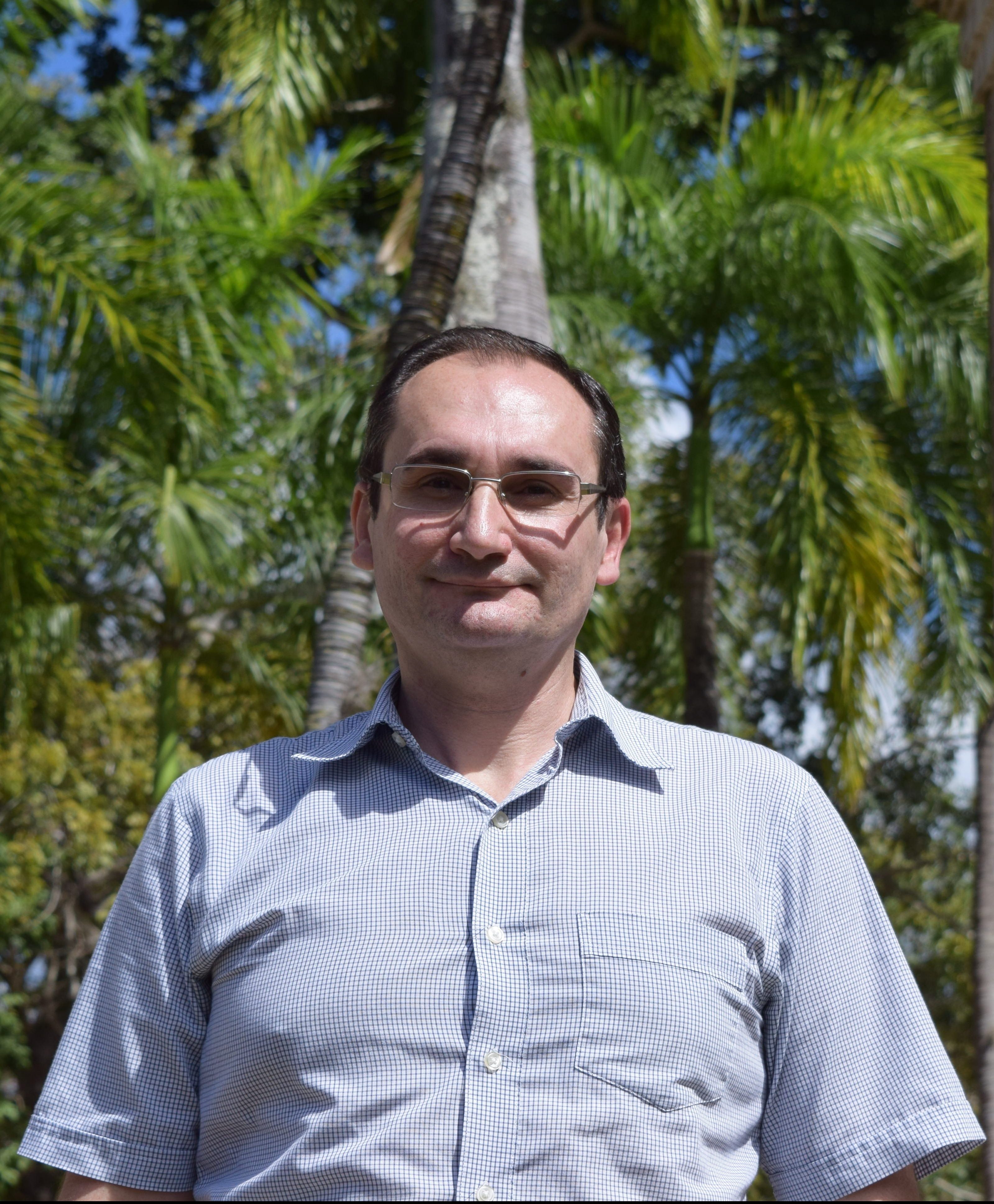
Guillermo Araya, Ph.D
Associate Professor
Computational Fluid Dynamics
Office: OF-412
j.araya@upr.edu
T: 787-832-4040 x5720
Education
|
Rensselaer Polytechnic Institute, Troy, NY, 2008 |
|
University of Puerto Rico at Mayagüez, Mayagüez, PR, 2004 |
|
Instituto Universitario Aeronautico, Cordoba, Argentina, 1996 |
Background
|
Associate Professor, Department of Mechanical Engineering, University of Puerto Rico at Mayagüez |
|
Research Assistant Professor, Department of Mechanical Engineering, Texas Tech University, Lubbock, Texas. |
|
Research Assistant, School of Engineering, Civil and Computational Engineering Centre, Swansea University, UK. |
Academic and Professional Leadership
|
|
Journal Publications
|
|
|
|
|
|
|
|
|
|
|
|
|
|
(*) indicates corresponding author
Distinctions & Awards
|
|
|
|
|
|
|
Flow control of turbulent “superstructures” (NSF#1512393 and NASA PR Space Grant Fellowship)
This study involves incompressible Direct Numerical Simulation (DNS) of turbulent flows to evaluate the effects of small flow changes close to a solid wall on the development of very long eddies farther downstream.
Effects of wall curvature on hypersonic boundary layers (AFOSR#FA9550-17-1-0051, in collaboration with the U. of Colorado-Boulder)
We seek to develop a robust turbulent inflow generation methodology for hypersonic spatially-developing turbulent boundary layers (SDTBL) with Mach numbers up to 5 in a suite of high spatial/temporal resolution Direct Numerical Simulation (DNS) as well as Large Eddy Simulation (LES) at higher Reynolds numbers.
High-end visualization of coherent structures and turbulent events in wall-bounded flows (NSF-GECAT #1440733, in collaboration with the Barcelona Supercomputing Center, Spain)
This project focuses on creating time-dependent, 3D flow visualizations. As with most visual simulations, the amount of data required is massive and nearly impossible to sift through without robust parallel computing infrastructure. The GECAT program enables this visualization to be possible by connecting Dr. Araya with one of Europe’s strongest HPC centers, the Barcelona Supercomputing Center, in order to provide the parallel processes necessary to perform these intricate, data-intensive visualizations at a speed that would otherwise be impossible.
Turbulence modelling for aerospace applications (XSEDE #CTS170006)
Computational Fluid Dynamics (CFD) is significantly gaining ground in the area of aerospace research due to its relative low cost, high accuracy and versatility. Particularly during the design stage of an airplane, it is possible to obtain fast results of different configurations, and, thus minimize the time and the expense of building a wind tunnel model and testing it. Furthermore, with the recent advent of petascale supercomputers with hundreds of thousands of cores, the running time of large scale systems, such as a complete airplane, has been dramatically reduced.
